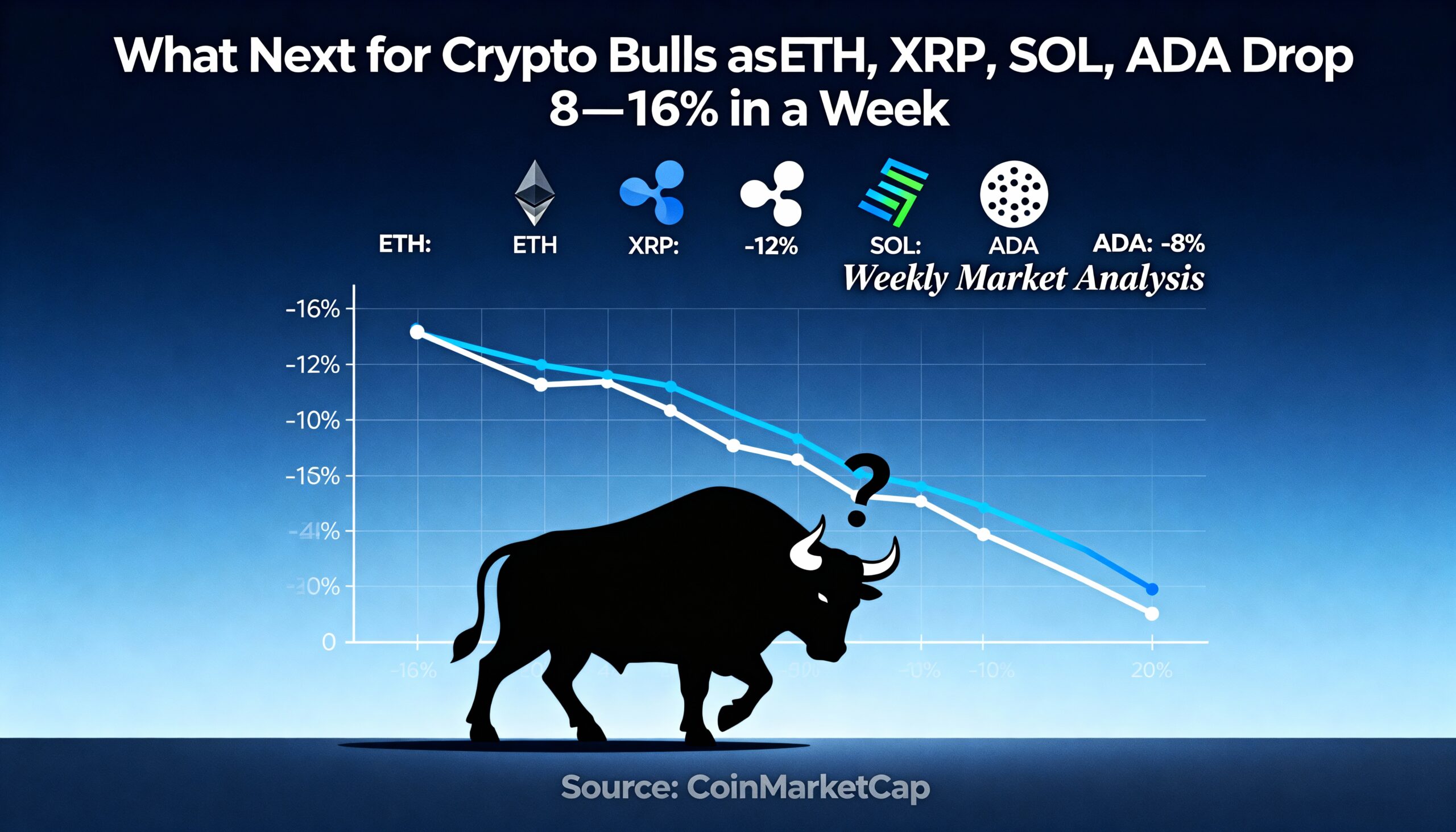
Bitcoin and Crypto Market Flourish Amid Loosest U.S. Financial Conditions in Years
U.S. financial conditions are currently at their loosest since August 2021, creating an ideal environment for cryptocurrencies to thrive. The Chicago Fed’s National Financial Conditions Index (NFCI), which tracks factors like leverage, credit, and banking activity, fell to -0.64 for the week ending November 22. This marks the lowest level in three years, following the post-pandemic recovery.
What the NFCI Indicates
The NFCI provides insight into the liquidity and risk levels in the financial system. A negative reading, such as the current one, signifies that financial conditions are more relaxed than usual, with ample liquidity flowing through the economy. On the other hand, a positive reading signals tighter conditions, often leading to capital scarcity, as seen during the 2008 global financial crisis.
Currently, the U.S. is in one of the most financially accommodating periods since the start of data collection in 1971. Despite the Federal Reserve’s efforts to control inflation—currently at 2.6%, exceeding its 2% target—the central bank’s rate hikes haven’t stopped investors from pursuing higher-risk assets.
Bullish Momentum in Crypto and Equities
This environment has fueled impressive gains in the financial markets. The S&P 500 has surged 28% year-to-date, with 55 new all-time highs in 2023 alone. Bitcoin has seen an even more remarkable rise, climbing 118% over the same period. The total crypto market cap has also surged, nearing $3.5 trillion, according to TradingView data.
Bitcoin Defies the Traditional Dollar Correlation
Historically, risk assets like Bitcoin have moved inversely to the U.S. Dollar Index (DXY), a benchmark for the dollar’s value against major currencies. When the DXY is strong, risk assets typically weaken. However, Bitcoin’s recent rally is defying this trend. The DXY has held above 106 since the 2016 U.S. election, but Bitcoin has continued to rise, with a 30-day correlation between the two assets at 0.66—the highest level in seven years.
Rising U.S. Debt and Bitcoin’s Resilience
With U.S. national debt hitting a record $36.17 trillion, Bitcoin seems to be capitalizing on the loose financial environment, soaking up liquidity in a way that traditional assets have not. As the U.S. continues to run a high deficit and debt load, Bitcoin’s ability to thrive amidst these conditions demonstrates its growing role as a store of value and alternative investment.
The loosening of financial conditions, coupled with a strong dollar, indicates that Bitcoin and the broader cryptocurrency market could continue to perform well, regardless of traditional market trends. This dynamic presents a favorable outlook for the crypto sector in the coming months.























